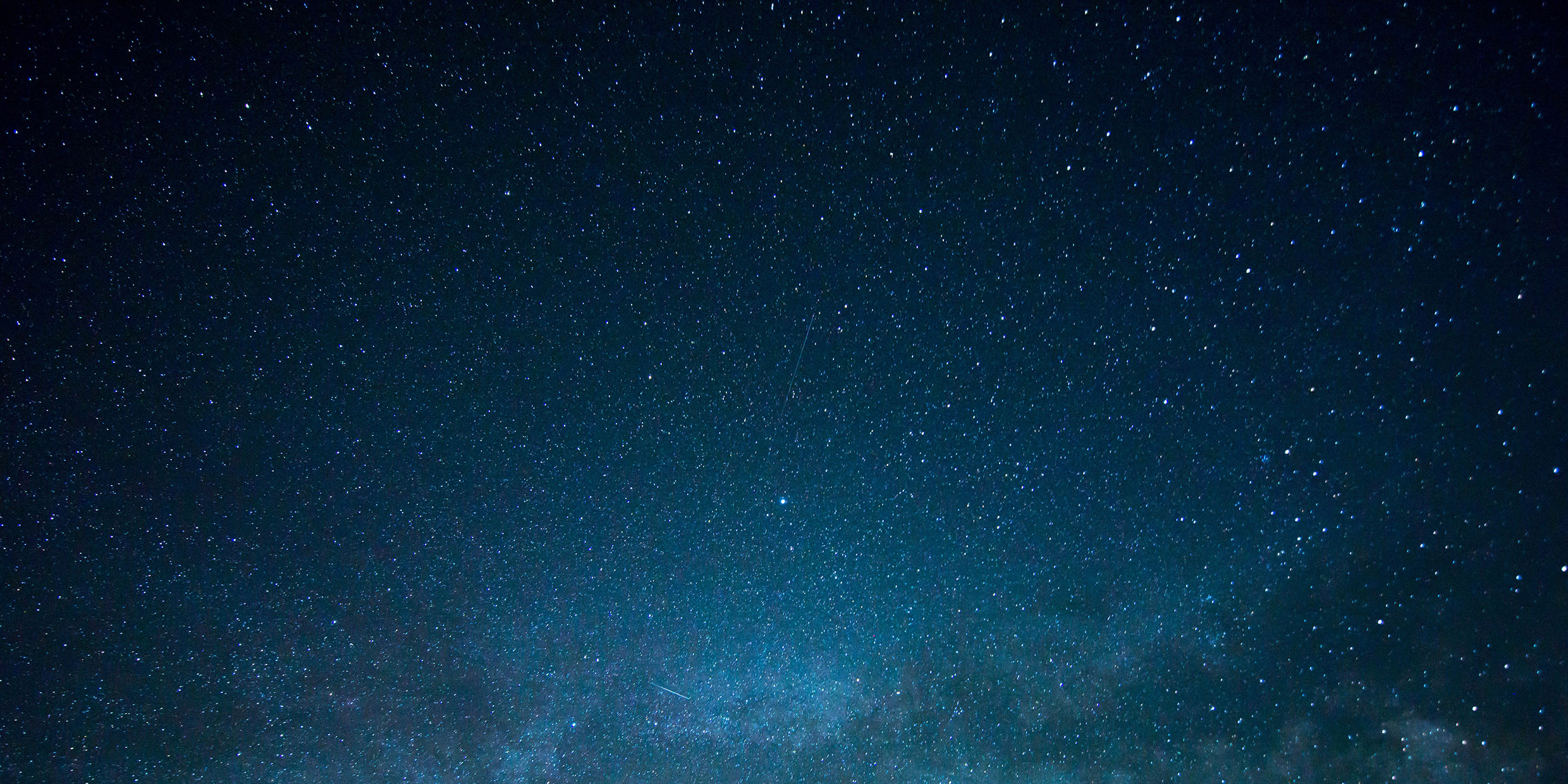Originally published 19 December 1988
Some of you last-minute Christmas shoppers may have received a solicitation from a company willing to sell you a star. For a fee of $35 the company (actually, there are several outfits in this business) will name a star for the recipient of your gift. The name will be registered in something called the “International Star Registry,” perhaps with the promise that the list of names will subsequently be copyrighted by the Library of Congress.
Having a friend or loved one’s name attached to a star may seem a delightful gift, especially in this season of stars and lights. But be forewarned; these star-name schemes are scams, at least insofar as they imply official recognition for your star’s name.
The only star names with official status are those recognized by the International Astronomical Union (IAU). Official star names are not for sale. As long ago as 1982, the IAU issued an advisory to member organizations asking them to alert the public to this classic swindle. And the Library of Congress has repeatedly stressed that it has no connection with any organization purporting to sell star names. Any implied sanction by the Library is deceptive and illegal.
No shortage of stock
But none of these warnings has stopped tens of thousands of people from buying. Nor is there any shortage of stars for sale. There are more stars in the Milky Way Galaxy alone than there are human beings on this planet.
Of course, in order to name a star for a person you first must have a way to specify the star. Astronomers identify stars by celestial coordinates, right ascension and declination, analogous to longitude and latitude on the surface of the Earth.
The star Betelgeuse, for example, has right ascension 5 hours, 55 minutes, 10.2 seconds and declination 7 degrees, 24 minutes, 26 seconds. In this way, every star in the sky can be identified by a unique set of numbers, and every star with catalogued coordinates is potentially for sale.
I have several star catalogues in my office. The catalogue prepared by the Smithsonian Astrophysical Observatory in Cambridge is most comprehensive. Its four big volumes contain listings for more than 260,000 stars. Only a few hundred of these, such as Betelgeuse, have names of their own, exclusive of designations by numbers or Greek letters. That leaves enough unnamed stars to provide a Christmas present for half the folks in Boston. At $35 bucks a pop that comes to something near $10 million. Not a bad racket.
Of the named stars, some are named for people, usually characters of myth. The Gemini twins Castor and Pollux are sons of Zeus and the mortal Leda. They are the brothers of Helen, whose face launched a thousand ships and started the Trojan War. Canopus is the helmsman of King Menelaus, the husband of Helen. Alcyone, Calaeno, Electra, Maia, Merope, Sterope and Taygeta are the seven sisters of the Pleiades in Taurus. Their mother, Pleione, and father, Atlas, are nearby.
Only a few stars bear names of people who actually lived. Cor Caroli (“Heart of Charles,” in the constellation Canes Venatici, was named for Charles II of England, by Edmund Halley of comet fame. The names Sualocin and Rotanev, two stars in the constellation Delphinus, first appeared in the Palermo Catalogue compiled by the astronomer Giuseppe Piazzi in 1814. The names puzzled experts until someone remembered that Piazzi had an assistant, Niccolo Cacciatore (in Latin, Nicolaus Venator), whose names the astronomer reversed and applied to stars. NASA did something of the same thing when it renamed a star Dnoces in honor of astronaut Edward H. White 2d, who died in the Apollo 1 fire.
How to go about it
If you want to get your name officially attached to a celestial object there are several ways to go about it. One way is to make yourself famous enough in some field of science to have your name affixed to a newly discovered feature on the moon. Many lunar craters and other formations are named for historical persons. The allocation of new names to lunar features requires approval of the IAU. Names of persons still alive or political nominations are generally excluded.
Or you could discover yourself a comet. By protocol, comets take the name of their discoverer or discoverers. Jean-Louis Pons, an early 19-century French astronomer, holds the all-time record with 37 comets to his credit, 22 of which bear his name alone. Retired Australian engineer William Bradfield has discovered more comets visually than any other living person.
But none of this helps you complete your shopping list.
If you still want to give a star for Christmas, don’t send $35 to the companies purporting to offer this service. Take the recipient of your intended gift out under a dark December sky. Orion is rising in the East; Jupiter shines brightly near the Pleiades, as conspicuous as the Star of Christmas. Pick out any star you like and name it for your friend. I guarantee your star’s name will be as exclusive and have the same level of official status as those offered at a high price by the entrepreneurs.



